The enduring appeal of film noir shows no signs of waning – there are scads of noir screenings in and around LA over the next several weeks.
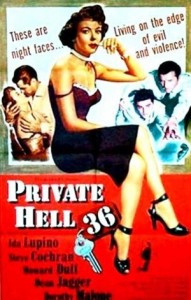
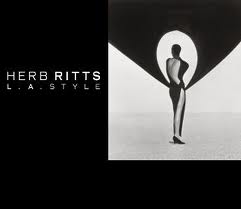 Noir City Hollywood continues at the Egyptian Theatre through May 6. Tonight, actress Julie Adams will talk with Alan K. Rode between the films 1957’s “Slaughter on Tenth Avenue” (in which Adams co-stars with Richard Egan, Jan Sterling, Dan Duryea, Walter Matthau and Charles McGraw) and “Edge of the City” (1957).
Noir City Hollywood continues at the Egyptian Theatre through May 6. Tonight, actress Julie Adams will talk with Alan K. Rode between the films 1957’s “Slaughter on Tenth Avenue” (in which Adams co-stars with Richard Egan, Jan Sterling, Dan Duryea, Walter Matthau and Charles McGraw) and “Edge of the City” (1957).
And a must-see for me: Ida Lupino in “Private Hell 36” (1954) by director Don Siegel. Lupino also co-wrote this flick, which runs on Wednesday, May 2, after “Shield for Murder” (1954), co-directed by Howard Koch and star Edmond O’Brien.
In conjunction with the Herb Ritts: L.A. Style exhibition, running through Aug. 26 at the Getty Museum, a companion (free!) film series starts today. Ritts (1952–2002) was a top 1980s photographer and his preference for outdoor locations such as the desert and the beach helped to distinguish his work from his New York-based peers.
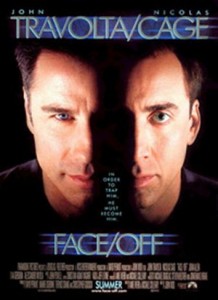 Admittedly, “Gilda” is the only true noir on the roster, but Ritts’ work taps retro Hollywood glamour. As the Getty puts it: “Ritts’ relationship with his subjects echoes certain director-actor relationships dating from the silent era and the eight films in this series showcase this special relationship.”
Admittedly, “Gilda” is the only true noir on the roster, but Ritts’ work taps retro Hollywood glamour. As the Getty puts it: “Ritts’ relationship with his subjects echoes certain director-actor relationships dating from the silent era and the eight films in this series showcase this special relationship.”
On Friday, May 4, the New Beverly Cinema is showing John Frankenheimer’s sci-fi neo-noir from 1966 “Seconds,” which stars Rock Hudson; cinematography by James Wong Howe. “Seconds” is paired with 1997’s “Face/Off” by director John Woo starring John Travolta, Nicolas Cage, Joan Allen, Dominique Swain and Nick Cassavetes. Screenwriters Mike Werb and Michael Colleary are scheduled to appear in person.
Also worth a watch: Universal Pictures celebrates its centennial with a series of screenings (“The Black Cat” and “The Birds” caught my eye) at UCLA’s Billy Wilder Theater in Westwood from May 4 to June 24.
You’ll certainly get a full-on noir lineup at the 12th annual Arthur Lyons Film Noir Festival, which runs in Palm Springs from May 10-13.
Festival programmer and film historian Alan K. Rode has selected a great lineup, including Fritz Lang’s “The Big Heat” (1953), starring Glenn Ford, and “Possessed” (1947) by Curtis Bernhardt.
Ford’s son Peter will attend “The Big Heat” screening. “Possessed” earned Joan Crawford her second Oscar nom (she won for 1945’s “Mildred Pierce”); co-starring are Van Heflin, Raymond Massey and Geraldine Brooks.
Other titles, screened from new 35 mm prints, include: “Shield for Murder” (1954), “I Love Trouble” (1948), “Slaughter on Tenth Avenue” (1957) and “The Face Behind the Mask” (1941), starring Peter Lorre.
I’m also very much looking forward to The Sun Sets in the West: Mid-Century California Noir at the Los Angeles County Museum of Art (LACMA), from May 18-26.
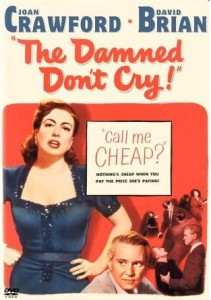
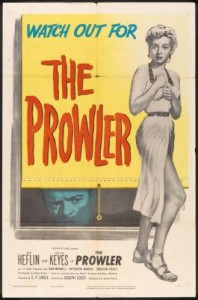 Says LACMA: “Experience the dark side of modern living with this series of mid-century film noirs. Shot on location and set amid the bustle of major cities such as Los Angeles and San Francisco – as well as their sun-soaked periphery, beach cities, and desert oases – these 10 films inject the Golden State’s benign climate with a heady dose of postwar angst.”
Says LACMA: “Experience the dark side of modern living with this series of mid-century film noirs. Shot on location and set amid the bustle of major cities such as Los Angeles and San Francisco – as well as their sun-soaked periphery, beach cities, and desert oases – these 10 films inject the Golden State’s benign climate with a heady dose of postwar angst.”
The titles in the series are: “Kiss Me Deadly” (1955, by director Robert Aldrich); “The Crimson Kimono” (1959, Sam Fuller) “Experiment in Terror (1962, Blake Edwards); “Criss Cross” (1949, Robert Siodmak); “M” (1951, Joseph Losey); “The Damned Don’t Cry” (1950, Vincent Sherman); “Slightly Scarlet” (1956, Allan Dwan); “Murder by Contract” (1958, Irving Lerner); “Nightfall” (1957, Jacques Tourneur) and “The Prowler” (1951, Joseph Losey).
Additionally, UCLA’s Film & Television Archive and the Million Dollar Theater are presenting three interesting double bills in downtown Los Angeles:
Brian De Palma in the 1970s (“Sisters,” his first Hitchcockian thriller, and “Phantom of the Paradise”) on Wednesday, May 2.
“The hunted and the hunter” film-noir night, featuring “Mickey One” (1965, Arthur Penn) and “Blast of Silence (1961, Allen Baron) on Wednesday, May 16.
Nicholas Ray directs Humphrey Bogart in “Knock on Any Door” (1949) and “In a Lonely Place” (1950) on Wednesday, May 23.
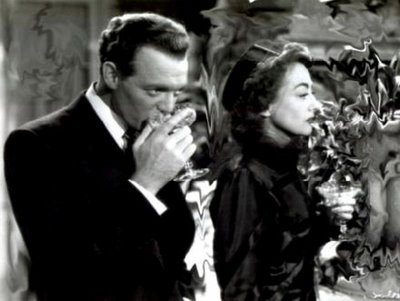
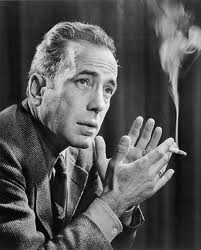





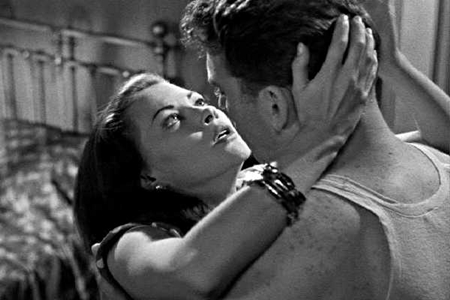
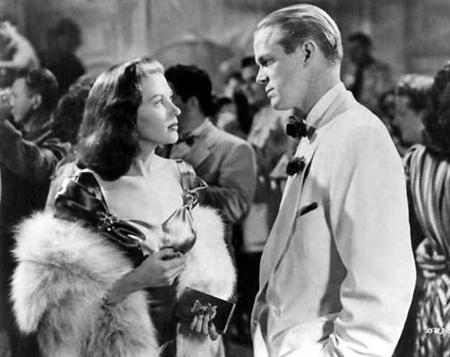
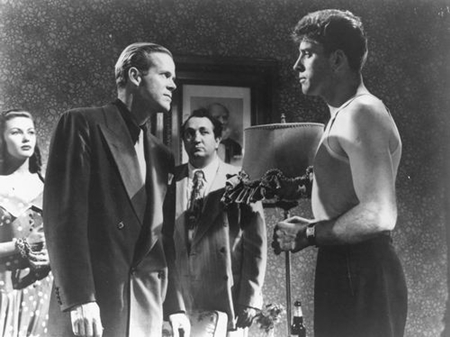
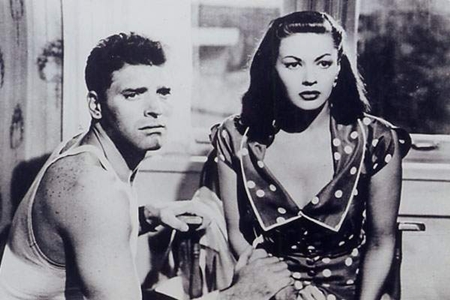
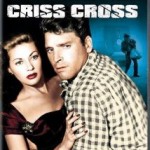
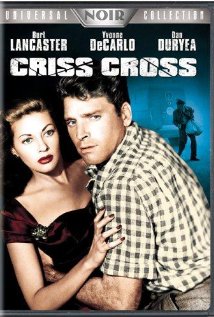

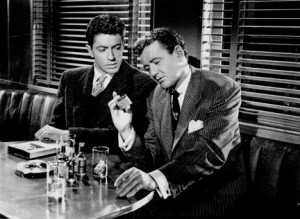
![mulholland_drive_4[1]](http://www.filmnoirblonde.com/wp-content/uploads/2012/03/mulholland_drive_41-300x225.jpg)
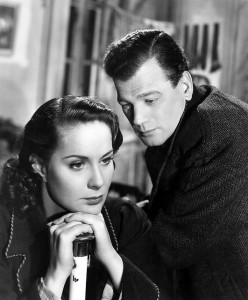
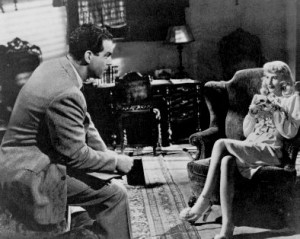
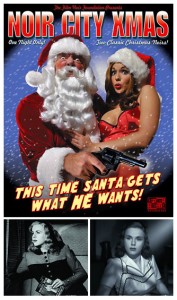
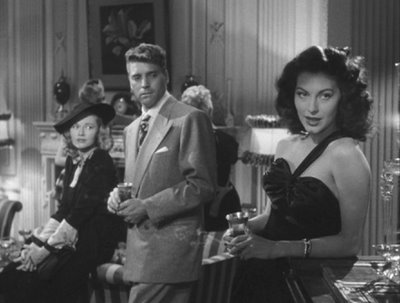
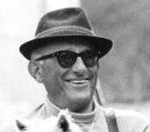
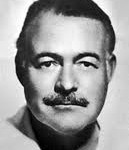
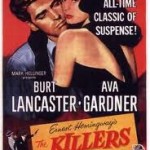
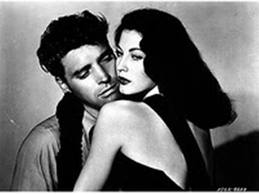
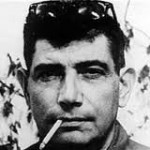
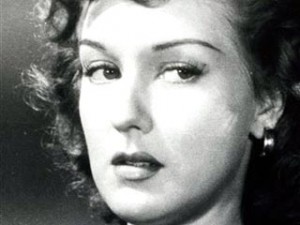
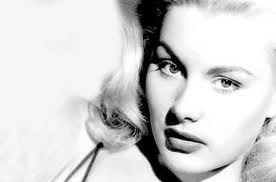





From FNB readers